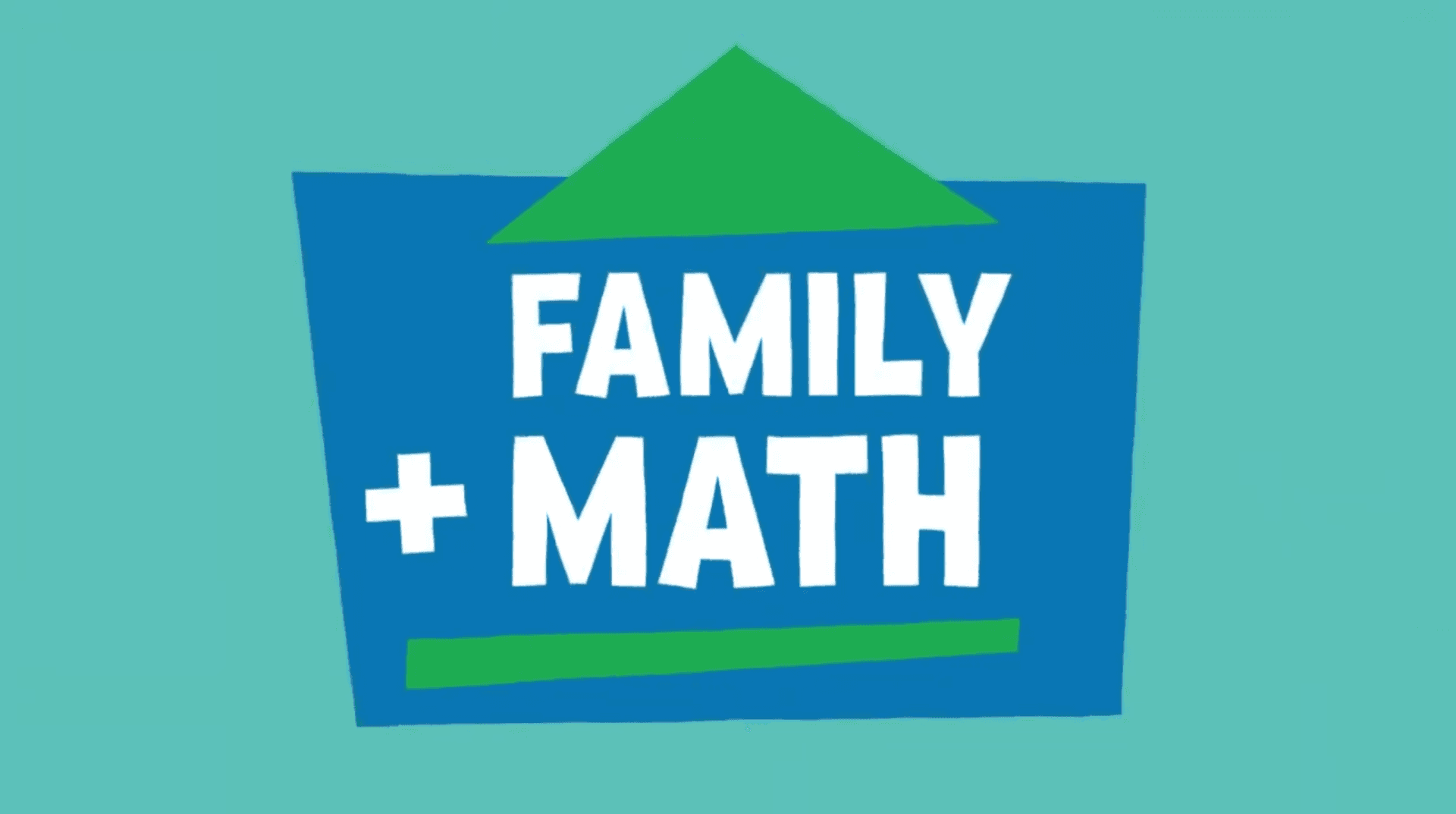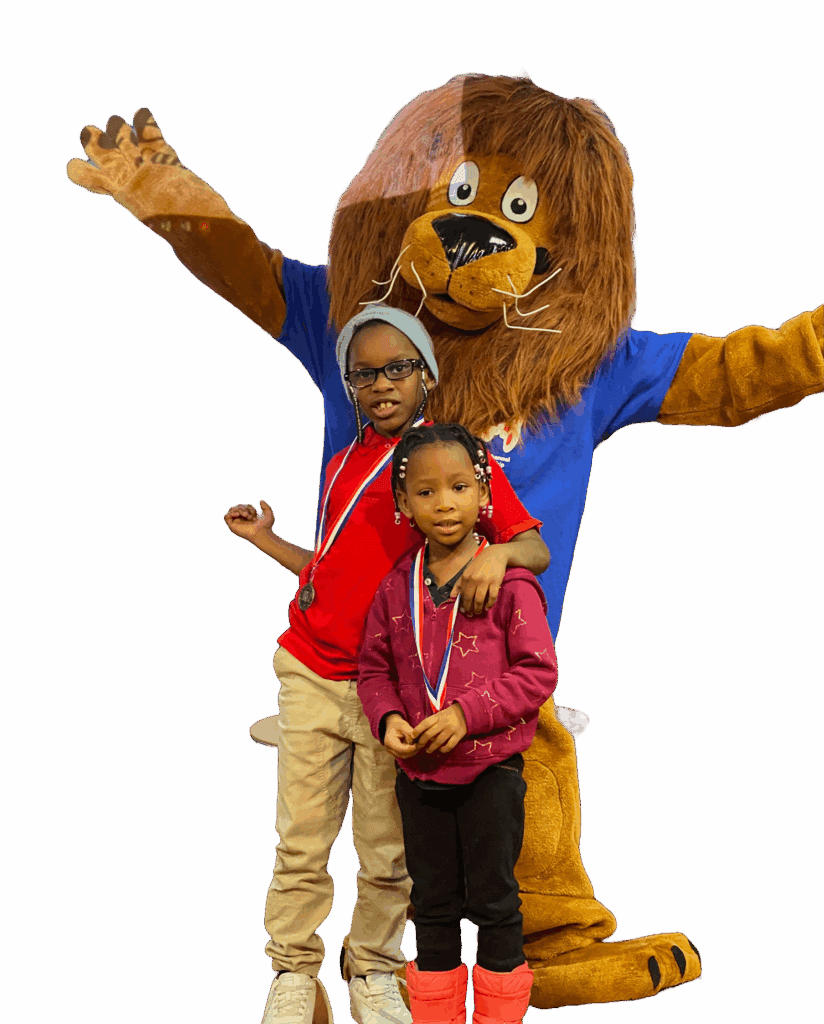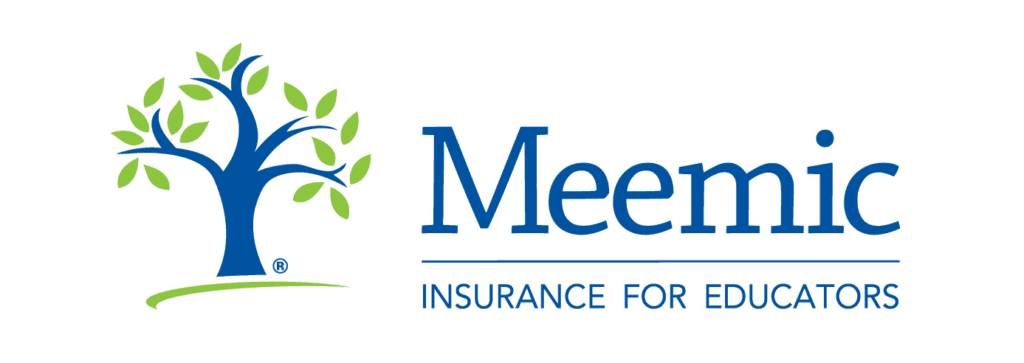
Pre-K
Kindergarten
1st Grade
Math
FAMILY MATH LEARNING ADVENTURES
Introduction to Mathematical Thinking
Bringing you trusted tools and bilingual resources that help families with children ages 2-5 uncover the joy of math in everyday experiences.
No collection selected






